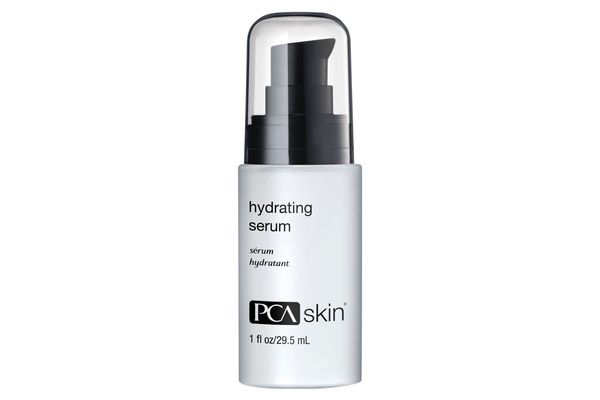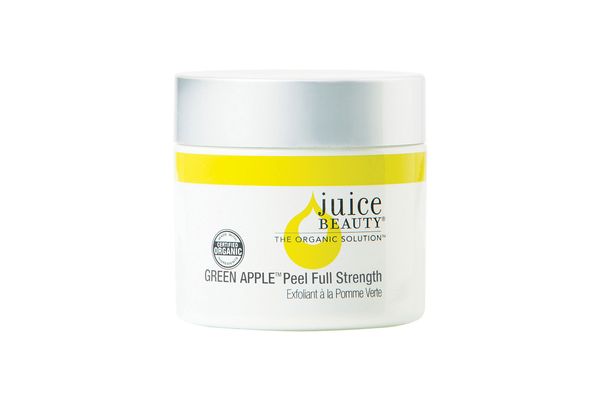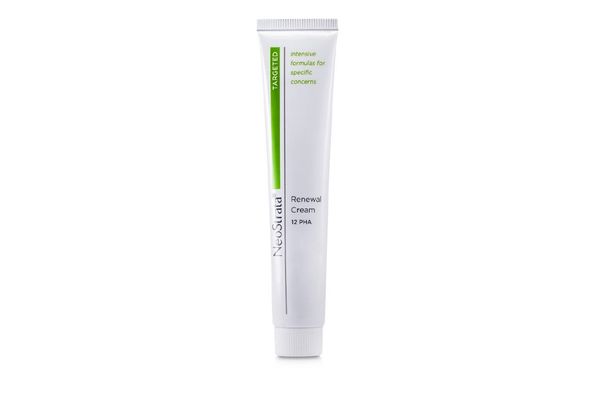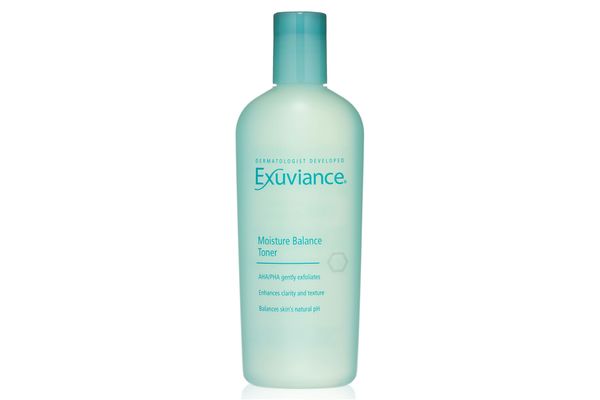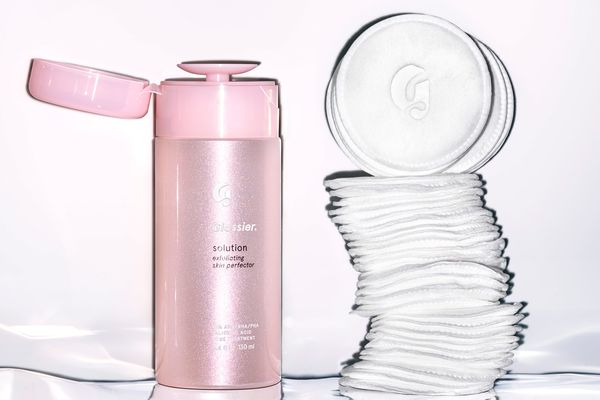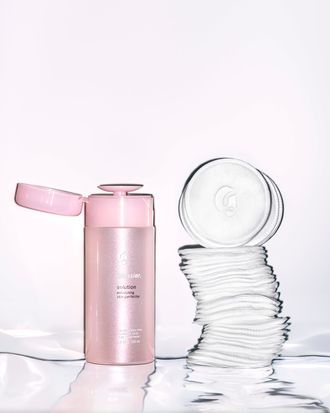
Glossier’s newest product is an exfoliating liquid formulated with all of the usual suspects: salicylic acid, glycolic acid, and PHAs. Wait … what the heck are PHAs? The Cut reached out to dermatologist Elizabeth Briden, an expert in chemical exfoliants, to explain.
What are PHAs?
PHAs or polyhydroxy acids are the second generation of alpha hydroxy acids (AHAs), which are chemical exfoliants. Both AHAs and PHAs were discovered by the same medical duo — Dr. Eugene Van Scott and Dr. Ruey Yu — in the 1970s and 1990s, respectively (Dr. Van Scott and Dr. Yu also went on to launch skin-care companies Neostrata and Exuviance). Gluconolactone is the most common PHA, in addition to galactose and lactobionic acid.
Okay, so what are they supposed to do?
PHAs gently remove dead skin cells to allow your skin to appear smoother and more even in tone. Dr. Briden explains that polyhydroxy-acid molecules also attract water molecules, which in turn moisturize your skin.
Uh, that’s it?
Nope. PHAs slow down the cosmetic signs of aging. They fight glycation (also known as “sugar face”), which is a natural chemical process that weakens your skin’s collagen and elastin (we all experience glycation as a symptom of life). PHAs are rich in antioxidants and they also stimulate epidermal growth and repair, meaning your skin will appear plumper and less wrinkly.
How do they compare with other acids?
PHAs exfoliate in a more mild manner when compared to alpha hydroxy acids. And unlike alpha hydroxy acids, they don’t increase your skin’s sun sensitivity or vulnerability to sun damage. They also chelate extra iron in your skin (more on what that actually means below).
Excuse me, what? They don’t increase sun sensitivity?
It’s true! Most acids cause your skin to be more sensitive to the sun. PHAs do not. “The skin actually becomes more tolerant so PHAs don’t increase the number of sunburned cells or make your skin more sensitive,” Dr. Briden says.
Okay, what does “chelate extra iron” even mean?
Your skin already has iron, but too much can encourage it to age at a speedier pace. PHAs “chelate,” or render the extra iron biologically inactive, thereby purging yet another element that can make your skin appear older than it actually is.
Who shouldn’t use PHAs?
PHAs are safe for everyone, including people with sensitive skin, rosacea, or eczema, because ultimately, PHAs are a repairative ingredient. In fact, if your skin can’t tolerate AHAs at all but you really want to try a chemical exfoliant, PHAs are a terrific place to start.
PHAs sound pretty great. Why haven’t I heard of them before?
Money, duh. Dr. Van Scott and Dr. Yu patented their discovery in the mid ’90s. Patents last for 20 years, so until recently brands had to pay a hefty licensing fee in order to incorporate PHAs into their formulas.
What are some PHAs products I can buy?
A Wonderful Hydrator
A Goop-Approved Peel
A Potent Treatment
A Moisturizing Toner
A Clear Skin Generator
If you buy something through our links, New York may earn an affiliate commission.



